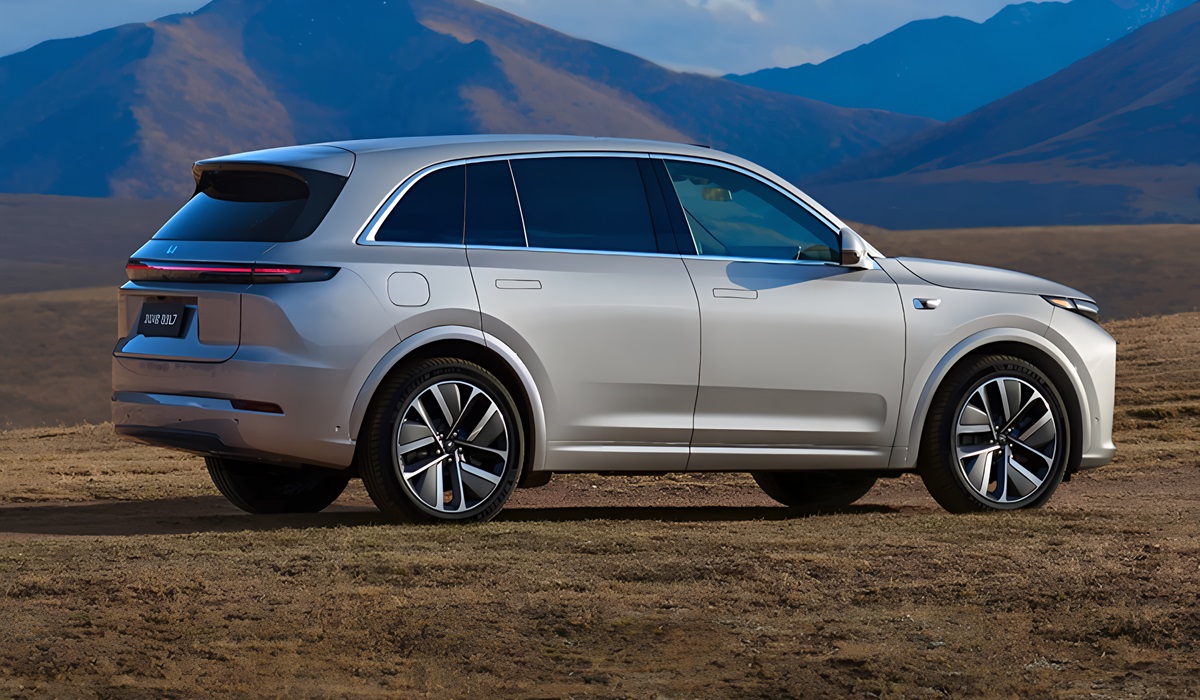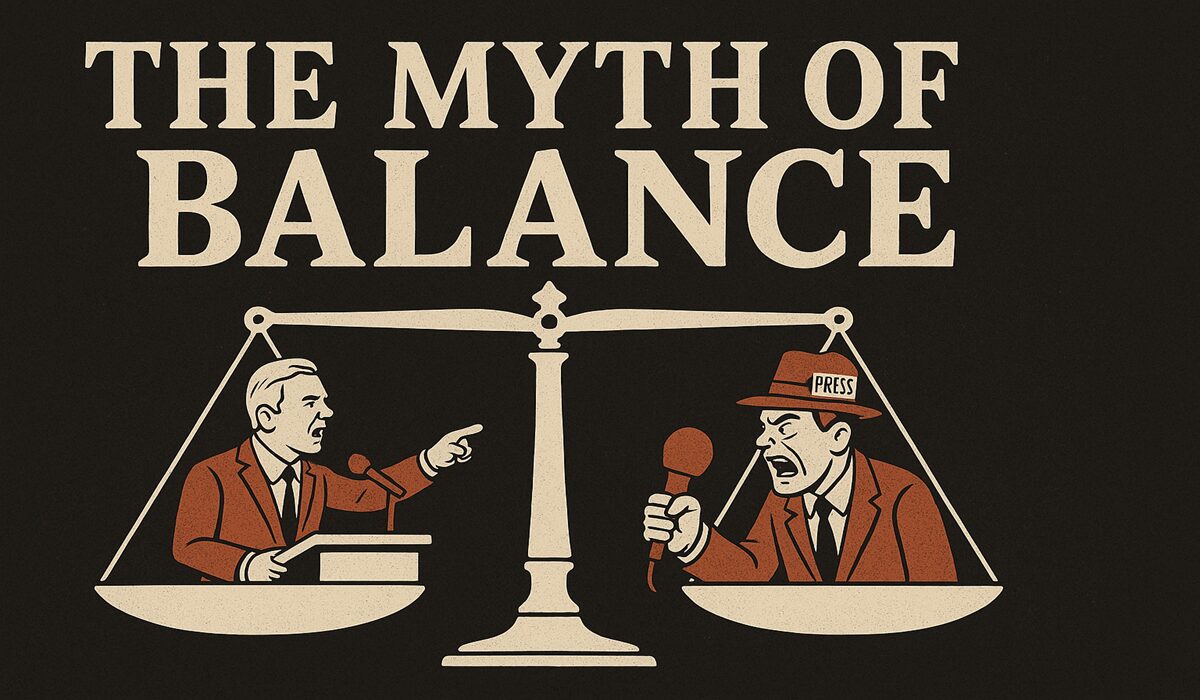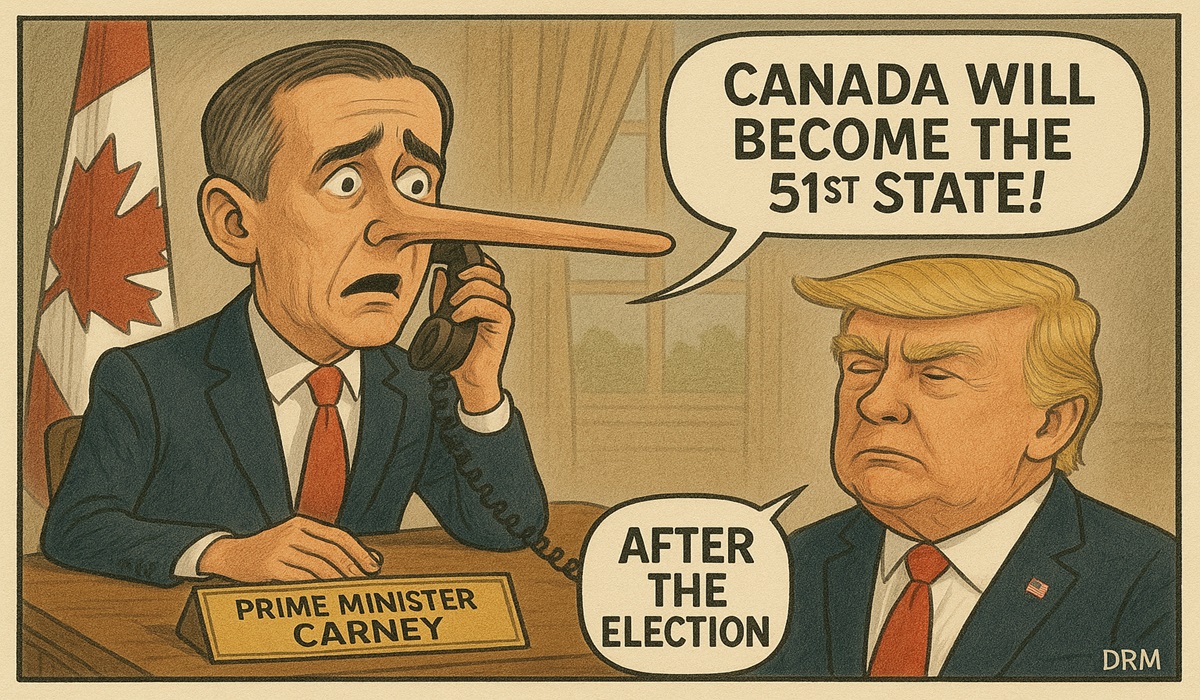Beyond Tesla: How Chinese EV Giant Li Auto Is Redefining the Future of Electric Mobility
- Ingrid Jones
- Business
- China
- D.O.C Supplements - Trending News
- East Asia
- March 17, 2025

Image Credit, Li Auto
The global electric vehicle market is evolving at an unprecedented pace, with Chinese automakers like BYD and Li Auto setting new standards in innovation, efficiency, and affordability. While Tesla continues to dominate headlines in North America, the reality is that the most exciting advancements in EV technology are happening in China. There, fierce competition has driven automakers to push the boundaries of what an electric vehicle can offer, leaving Tesla and many legacy brands struggling to keep up. Despite its reputation as a leader in the EV space, Tesla is no longer at the forefront of this revolution. The real game-changers are companies like Li Auto, which have redefined what an electric vehicle should be.
Li Auto’s approach to EV design stands apart, particularly with its extended-range electric vehicles. Unlike Tesla’s pure battery-electric models, Li Auto employs a range-extender system, allowing a gasoline engine to generate electricity without directly driving the wheels. This approach offers the best of both worlds: the benefits of an electric drivetrain without the range anxiety that still plagues many consumers, particularly in regions where charging infrastructure remains inadequate. In markets where charging stations are sparse or unreliable, this technology is not just practical—it’s a major advantage.
Beyond the mechanics, Li Auto has taken electric vehicle luxury to a level that makes Tesla look outdated. While Tesla’s interiors have often been criticized for being overly minimalistic and lacking premium touches, Li Auto has packed its vehicles with high-end features typically reserved for ultra-luxury brands. Rear seats that recline and offer built-in massage functions create a first-class experience for passengers, while plush pillows and premium soundproofing ensure a level of comfort far beyond what Tesla provides. A massive full-screen entertainment system built into the rear cabin transforms the vehicle into a personal theater, complete with immersive surround sound. Temperature-controlled storage compartments allow drivers to keep food and drinks either hot or cold, a convenience that Tesla and most Western automakers don’t even offer. The cabin design includes multiple wireless charging pads, fast-charging ports, and household-style outlets, making it one of the most tech-friendly environments in any car today. Motion-sensing technology further enhances the experience, enabling passengers to control various features with simple gestures rather than traditional buttons.
All of these features would be a game-changer for North American consumers, especially at the price point that Li Auto offers. But protectionist trade policies ensure that these vehicles never make it to the U.S. or Canadian markets. The official justification for these restrictions often revolves around national security concerns or the need to protect domestic jobs, but the reality is much simpler: Tesla and other legacy automakers would struggle to compete if Chinese EVs were allowed to enter the market. A Li Auto SUV, loaded with high-end features, superior range, and impeccable build quality, costs significantly less than a Tesla Model X or Model S. If North American consumers had the option to purchase these vehicles, Tesla’s dominance would be in serious jeopardy.
The impact of these trade restrictions is already evident. In Europe, where Chinese automakers have a growing presence, companies like BYD and Nio are rapidly gaining market share. Consumers there are benefiting from increased competition, lower prices, and access to more advanced EV technology. Meanwhile, in the U.S. and Canada, consumers are forced to choose between overpriced Teslas, outdated EVs from legacy automakers, or unreliable start-ups that can barely stay afloat. The notion that Tesla remains the leader in EV innovation is a carefully maintained illusion, propped up by media coverage that largely ignores the advancements happening elsewhere in the world.
If North America continues to block access to Chinese EVs, it risks falling further behind in the global transition to electric mobility. While Europe and Asia embrace a competitive, innovation-driven market, American and Canadian consumers are left paying inflated prices for vehicles that no longer represent the cutting edge. The real question is whether policymakers will continue prioritizing corporate interests over consumer choice, or if they will recognize the benefits of allowing true competition in the EV sector.
The electric revolution did not end with Tesla—it only began there. Companies like Li Auto are proving that there is a new standard for what an EV should be, one that prioritizes comfort, cutting-edge technology, and affordability. As long as North America keeps its doors closed to this competition, consumers will continue to be shortchanged while the rest of the world moves forward. If given a real choice, it is clear that many would prefer the luxury, innovation, and value that Li Auto offers over Tesla’s increasingly outdated lineup. The only question is whether they will ever get that choice.








